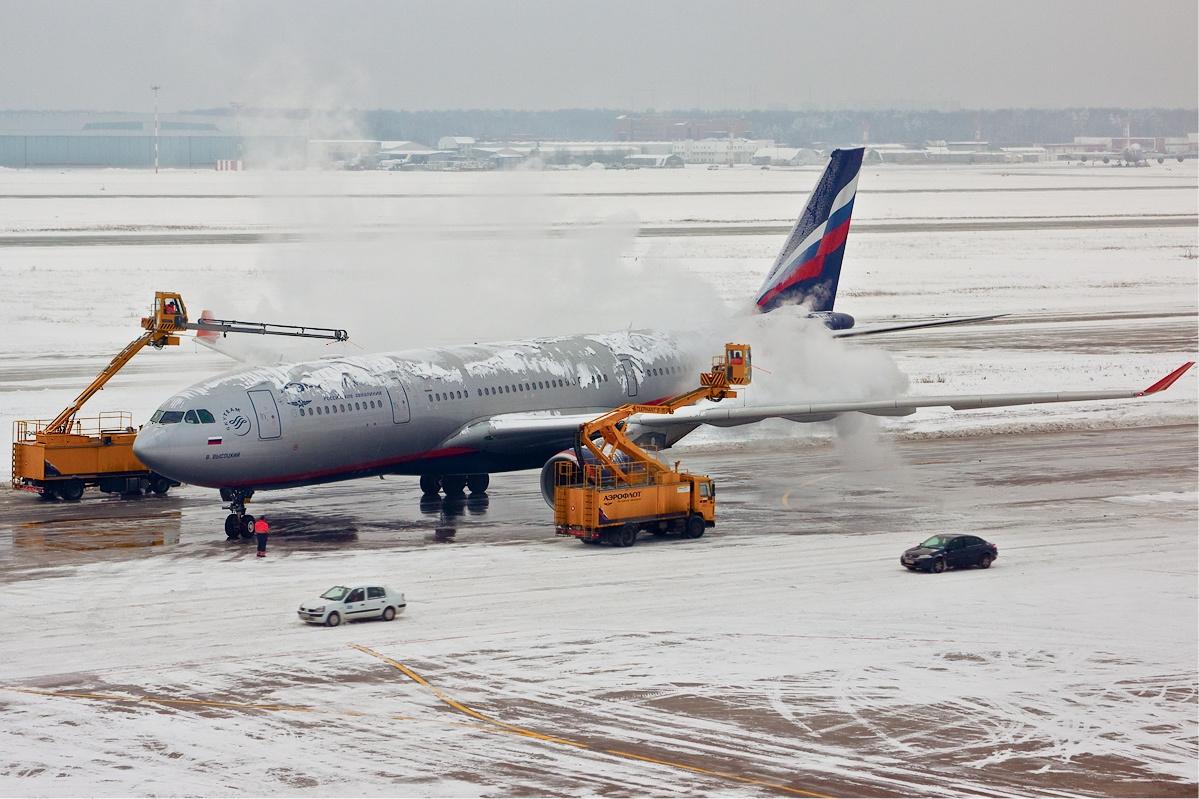Challenges and Opportunities in Aircraft De-Icing: Ensuring Safe Skies Amidst Winter's Chill

Safety is paramount in aviation, and aircraft de-icing plays a critical role in mitigating the risks associated with icy conditions. Ice accumulation on aircraft surfaces compromises aerodynamic performance, leading to reduced lift and increased drag. Ensuring thorough de-icing procedures is essential for safeguarding passengers, crew, and assets.
Traditional Aircraft De-Icing methods often involve the use of chemical fluids, raising environmental concerns due to their potential impact on ecosystems and water sources. Balancing the need for effective ice removal with environmental sustainability is a pressing challenge facing the industry. Innovations in eco-friendly de-icing fluids and alternative de-icing technologies offer promising solutions to mitigate environmental impact.
De-icing procedures can introduce delays and disruptions to flight schedules, impacting operational efficiency and passenger experience. Optimizing de-icing processes through automation, advanced scheduling algorithms, and real-time weather can help minimize delays and streamline operations. Efficient coordination between airlines, airports, and ground crews is essential for maintaining smooth operations during winter weather conditions.
- Art
- Causes
- Crafts
- Dance
- Drinks
- Film
- Fitness
- Food
- Giochi
- Gardening
- Health
- Home
- Literature
- Music
- Networking
- Altre informazioni
- Party
- Religion
- Shopping
- Sports
- Theater
- Wellness
- IT, Cloud, Software and Technology


